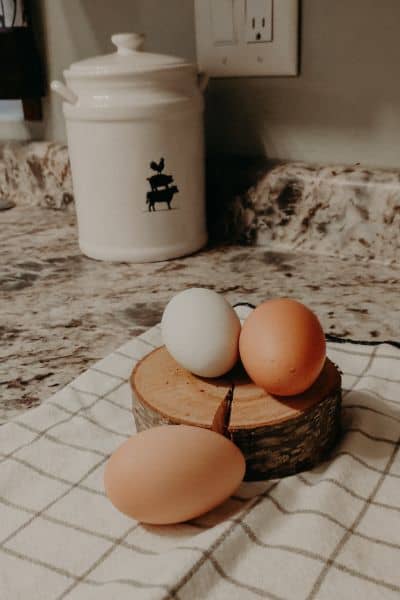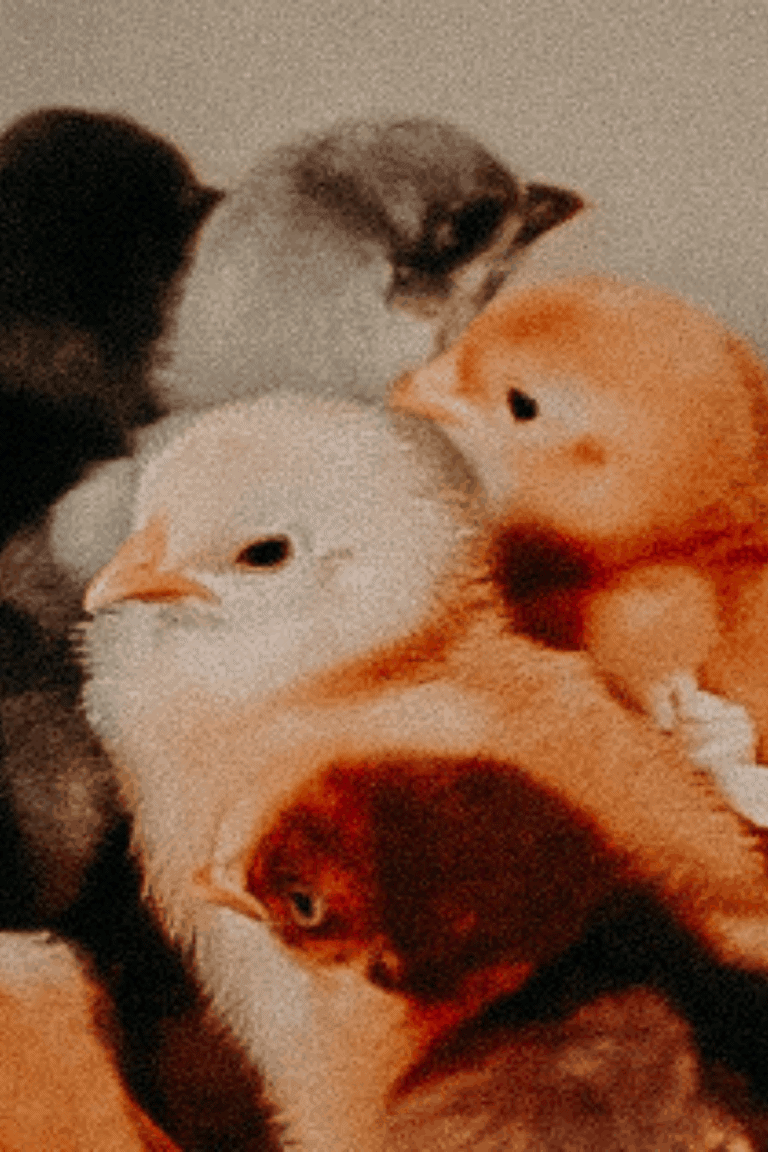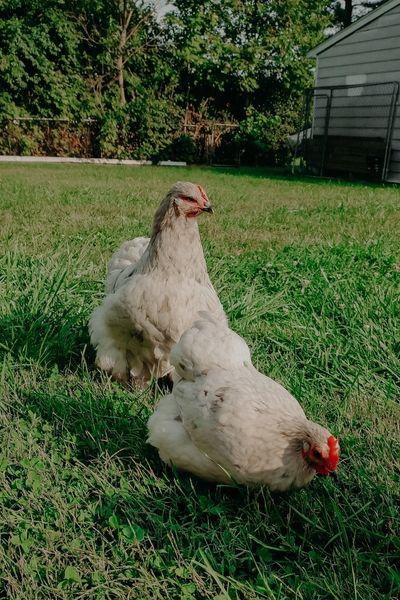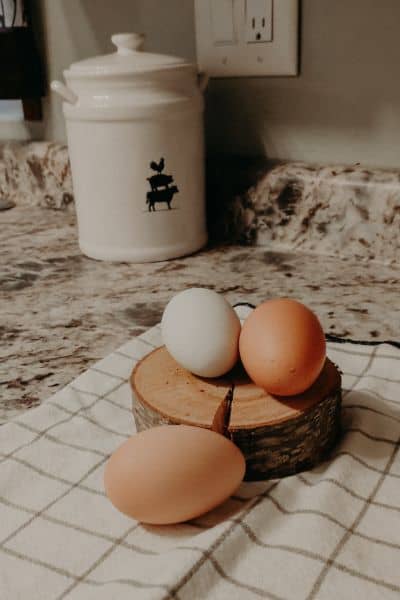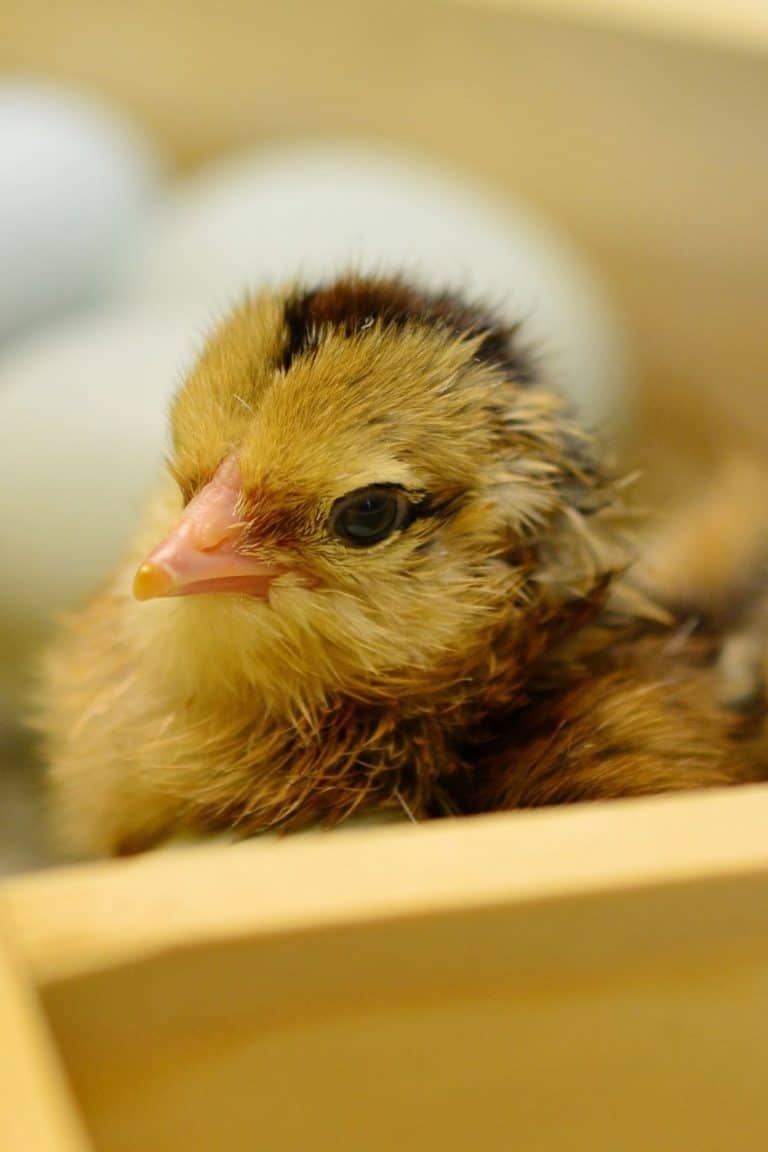What Do Baby Ducks Look Like – Tips You Should Know
Oh, that time of year when you have to be VERY careful of peaking into the area with all of those cute balls of fluff. You know what I mean when every feed store in America has its “chick days” and you have to do your very best to look and keep on moving and not bring home a group of baby ducks. Uggg the struggle is real.
I am a sucker for ducklings. I mean who isn’t? They are way cuter than chicks.
While it may be easy to assume that all ducklings look the same, there is actually a variety of colors and patterns that baby ducks come in. From fluffy yellow ducklings to distinctive black-and-white spotted varieties like the mallard ducklings. Domestic ducks come in many different shapes and sizes.
In this post, we will explore what baby ducks look like and how they differ from other poultry species. I will also share some things you need to know about raising ducklings and their different needs so you know what to expect BEFORE you get suckered into these cute little balls of fluff. Because we all know that cute doesn’t last a long time.
What A Ducklings Body Looks Like
The body of a duckling is perhaps one of the most endearing features of this delightful waterfowl species. With their soft down, wide eyes, and rounded bodies, and the way they tilt their head at you is a heart-melting combination. They make an adorable addition to any backyard homestead or farm. But what does a duckling actually look like?
At birth, ducklings are covered in downy-type feathers and have billowy bellies that allow them to float easily in the water. They also have webbed feet for swimming and “longish” necks compared to regular chickens. However, their necks are probably 1/4th the length they will be in comparison to their body size.
Their wings are very very small and will be too small to fly yet. As they grow older, their yellow, black, brown, or gray plumage will molt into full adult colors including white, brown, and grays, and a variety of colors and markings depending on the breed and gender.

Ducklings Have Down Not Feathers
When baby ducklings are born (hatched) they are not the color that they will be as an adult. They are hatched with down instead of feathers and they are often solid yellow(Pekin ducklings), yellow and dark brown, yellow and gray, black, or solid brown. But just like any purebred animal all ducklings from one breed will look the same. You will not get a mix of colors from two purebred mallard ducks or any other duck breeds that have been kept pure.
Down and feathers on a duckling are two very different things and serve two distinct purposes.
Understanding the difference between them can help backyard farmers understand why certain types of ducks look the way they do and why they possess the abilities they do.
Down is a type of soft, fluffy, lightweight material that is made up of filaments coming off the skin of many birds, including ducks. It serves as an insulator to keep ducklings warm by trapping air next to their bodies while also providing a lightweight layer of protection from windy conditions. On top of this, down creates a type of waterproof feathers and provides buoyancy to allow the newborn ducklings to stay afloat in water without having to use up too much energy swimming against currents or waves.
Free Farm Goal Planner!!!
➡️Get my proven system for choosing your farm goals so you don’t get burnt out.
NOTE: While the down on wild ducks works very well to keep the young ducklings above water for a time. I have noticed that domestic ducklings should not be soaked with water for too long. After sitting in a pool of water for about 10 minutes the ducklings down start to hold the water and will start to sink. Domestic ducklings down just don’t seem to resist the water nearly as well as wild ducklings do. The domestic ducklings will also start to get cold and could get sick if left to be soaking wet for too long. If this happens use a paper towel to suck as much water out of the ducklings down as possible then keep them under a heat lamp to keep them warm.
It can be tempting to want to have fun with your new ducklings the first week or so and give them access to a pool of water. But it is best to resist and wait until they are fully feathered. It will not take long because juvenile ducks are fully feathered at around 6-8 weeks of age.

Beaks & Bills
When ducklings hatch, their beaks are one of the most prominent features of their tiny bodies. Their beaks come in a variety of colors, depending on the breed. But do these baby beaks stay the same once they become adults?
The answer is no; ducklings’ beaks transform dramatically as they reach maturity. The exact transformation depends on the breed, but some changes are universal among ducks. For instance, juvenile birds tend to have more rounded mandibles compared to adult ducks which often have straighter edges that jut out from their face. Additionally, many ducklings feature bright yellow or orange coloring around the corners of their bill whereas this coloration usually fades into a duller shade as they age.
Habits & Behaviors
If you are going to be raising ducks for the first time you need to know what to expect before you get these adorable little guys. Because looks can be deceiving. They are only going to be that cute little fluff of down for about 2 weeks and then they start to lose the down and it turns into feathers. From weeks 3-5 they can look downright ugly until they are fully feathered and look like normal ducks.
So if you are going to stick with raising your ducklings I want you to know some quick things that will help you on your journey.
Ducklings And Ducks Poop A Lot
Ducks poop every 7 seconds and that can turn a beautiful lush green yard into a muck pit in a matter of a few weeks if you get more ducks than your space can handle. In our penned-in area is about 1/4th-1/3rd of an acre that our poultry has space to free range I would not recommend getting any more than 5 ducks for that amount of space. Keep in mind the feeding and watering are is still going to get messy but as far as roaming you should still have some decent-looking grass.
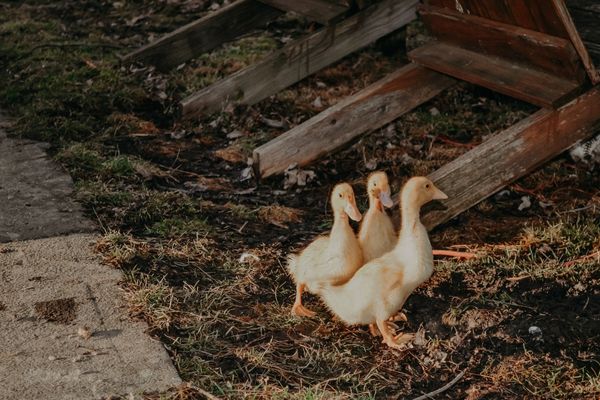
Ducks Do Need Shelter
While ducks can handle quite a bit of cold temperatures they do need a secure place to sleep. You can keep them in a chicken coop but they will not roost. They will find a soft place on the ground to sleep inside the coop. In the wild they would go onto a pond to sleep and stay away from predators.
Ducklings Need A Heat Source
Ducks to put off quite a bit of body heat so they don’t need quite as much heat as chicks in the first few weeks but they do need to be kept around 75-80 degrees to be healthy.
Ducks Will Find A Way To Play In Water
When you are raising ducklings you need to use a waterer that has a very small opening and is just wide enough for them to drink out of. Ducks will find a way to play in even the smallest water bowl.
It’s also a good idea to raise the waterer high enough that it is at chest level so they can not get their feet in the waterer. That should keep them from trying to get into the waterer.
This will keep you from having to clean out the brooder every few hours and also keep the smell down. Adding water to anything with animals is a recipe for stench. When ducklings are young they still need to stay warm so being wet will not help with that either.
Don’t Know Where To Start With Your Backyard Farm?
Its time to start a backyard farm that fits YOUR dream lifestyle, Backyard Farm Foundation is the answer to setting a clear plan and achievable goals for starting your dream backyard farm or homestead.
ONLY $9!!!!
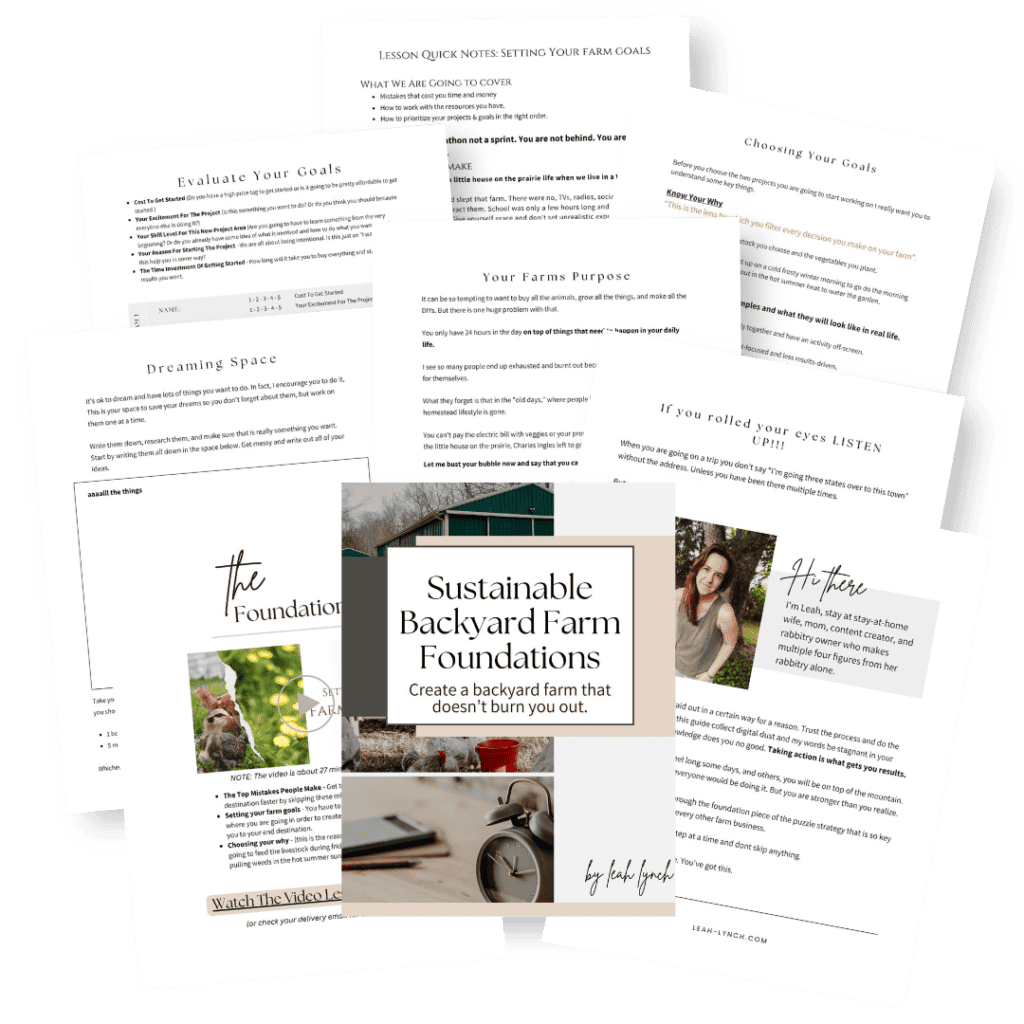
They Need Duck Food
Ducklings should not be fed chick feed. It will cause their bones to not grow right. You should be able to find duck starter or waterfowl feed but if not you can add the key nutrients that ducks need which can be achieved by adding brewer’s yeast. Read more about what baby ducklings eat here.
Baby ducks (duckling) Vs Baby Goose (gosling)
When it comes to baby poultry, it can be hard to tell the difference between a duckling and a gosling. However, these two types of young birds have some distinct differences in features that set them apart.
The Beak: The most obvious difference between a duckling and a gosling is their beaks. Goslings tend to have a “second layer” or step to the top of their beak where their nose will be. This is going to be the first place to look if you are thinking you might have a gosling instead of a duck.
Size Difference: Ducklings tend to be smaller in size than goslings when they hatch and can grow up to three times their birth weight in just one month after hatching!
Colors: Their feathers are generally darker with more muted colors compared to those of a gosling which can be quite bright with vibrant blues, greens and yellows.
Wild Ducklings Look Very Similar To Domestic
If you have found duck eggs out in the wild leave them be the mother duck is not far away and even the male duck could be close by. While they don’t pair up for life the mallard ducks (the most common breed) will raise the little ducklings together. You will find a nest on the bank and near open water so the mama duck can quickly get the ducklings to safety while the male duck fends off whatever is causing the issue.

If you get a group of ducklings to raise on your backyard farm you will definitely have a great experience. Just keep them in a nice warm place until they are fully feathered and have a little time to learn to be outside and watch for predators on their own.

